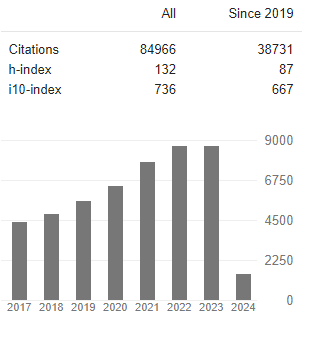Structure, Enzymatic Mechanism of Action, Applications, Advantages, Disadvantages and Modifications of Luciferase Enzyme
Abstract
Sm Faysal Bellah, Divine MensahSedzro, Hameed Akbar and S M Saker Billah
North American Firefly, Photinu spyralis, entertainment countless observers, probably because of human arrival mainland. Between the period of 1950s and 1980s, many young biologists spent their money as a firefly collector, first hired by a Professor William D McElroy at Johns Hopkins University, later became a member of the Sigma Firefly Club. In 1985, when Marlene DeLuca and her colleagues cloned cDNA encoding luciferase, a replacement source of the enzyme becomes available and later in labs around the world, many other organisms began to emit unique yellow-green glow as a result of firefly expression Luciferase is in their cells. Now, luciferase and its genes have become very useful for research purposes and also for a variety of commercial purposes. The structure of firefly and bacterial luciferase will be of great value for the development of applications in many processes. There are many firefly luciferase homologues that can catalyze similar reactions with similar amino acid sequences. Several applications are described in different publications on bioluminescence and chemiluminescence. Firefly flicker is always very interesting to observe it. Firefly luciferase emits light but does not generate heat, which also causes curiosity because it solves the enzyme-catalyzed reaction. Here we mainly review the structure, mechanism, application, advantages and disadvantages of luciferase.




